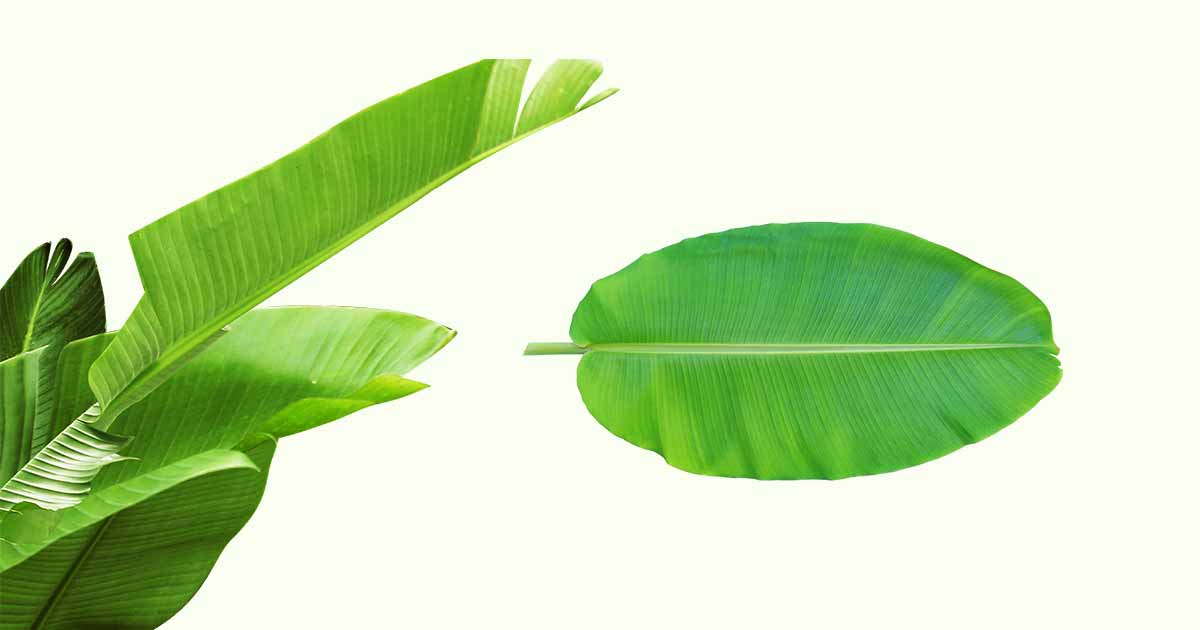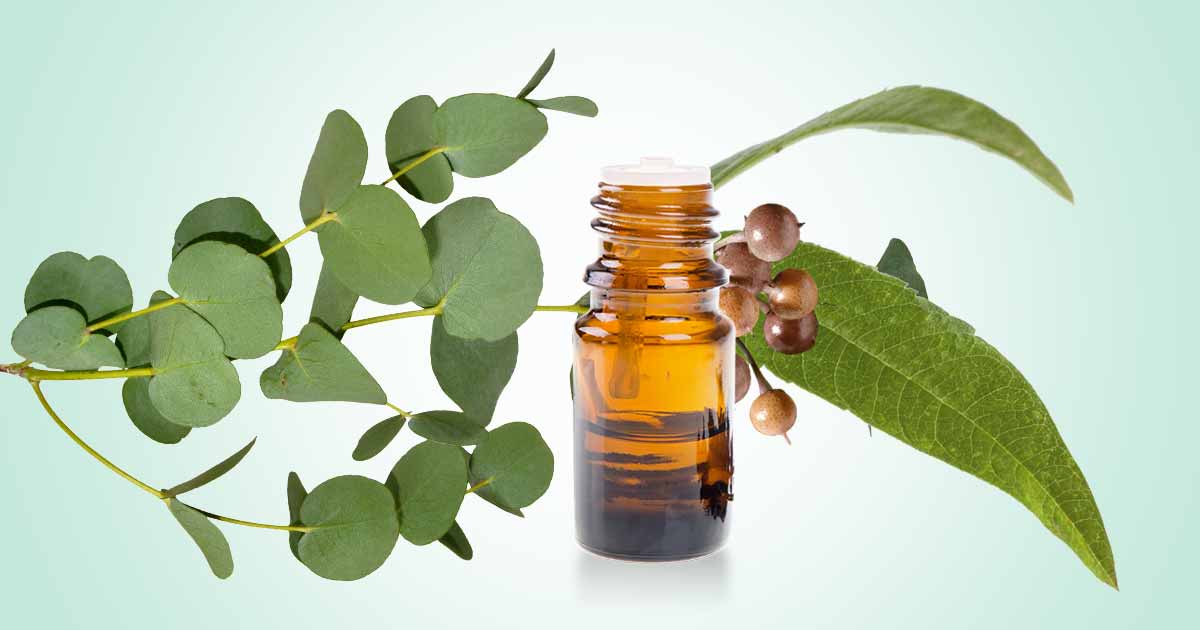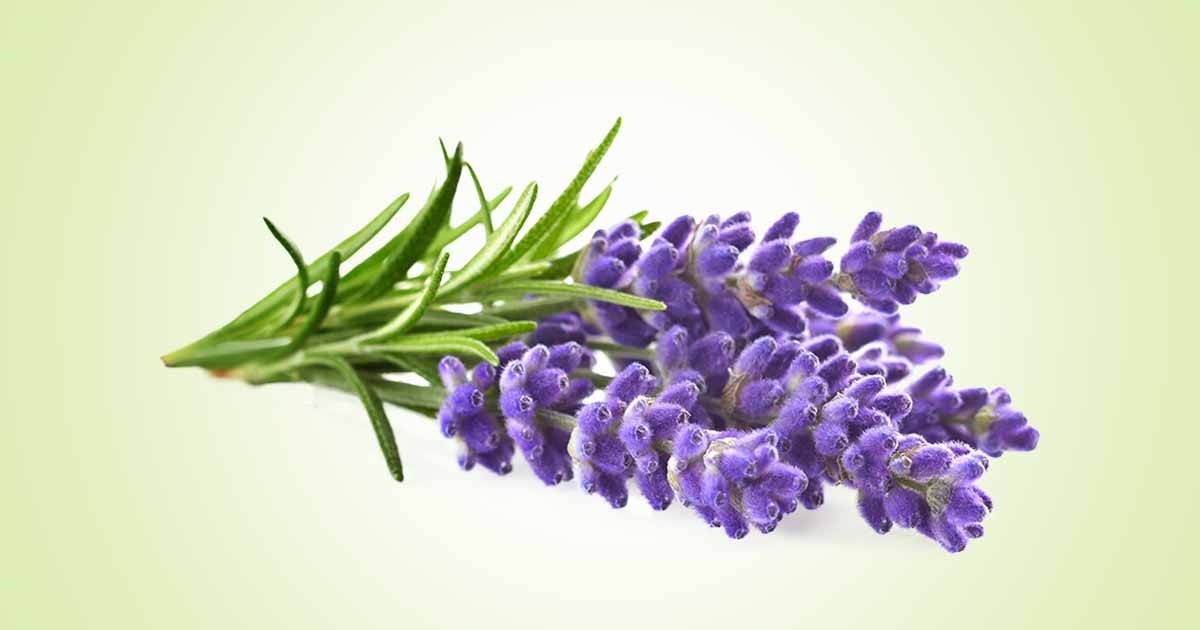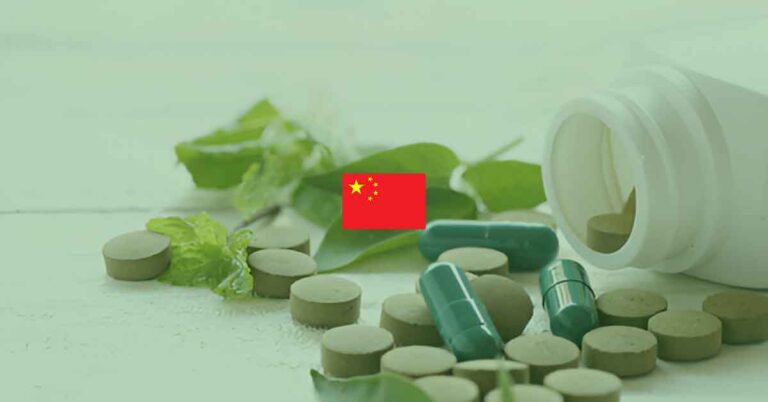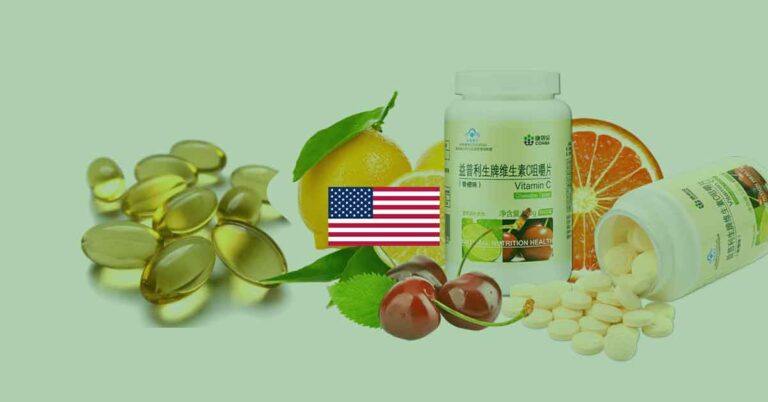Banana leaves are obtained from the banana tree, a plant belonging to the Musaceae family. The leaves grow continuously from the center of the stem, also called pseudostems, banana stalks or banana trunks. They are broad blades, 1-4 m long x 0.7-1 m wide, and has a supporting midrib. The leaves and petioles of bananas are called banana tops.
Each tree may have 8 to 12 leaves, and the leaves have a long, tube like structure called a sheath, a stout petiole (leaf stalk) and a lamina blade.
Both the leaves and pseudostems of bananas are a by-product of banana production. Since the leaves are large, waterproof, flexible, they are used for numerous purposes.
The main constituents of banana leaves are cellulose, hemicellulose, pectin, and lignin, as a percentage of dry mass.
The young leaves are placed on burn injury, and to treat other skin infections. It is also used for ulcers, diarrhea, and dysentery since it has astringent property.
Uses of Banana Leaves
Health benefits: Banana leaves has been used in traditional medicine to treat sore throat, fever, wounds, skin irritation, remove cellulite, and maintain healthy skin and hair.
Sunscreen gel: Banana leaves contain high quantity of lignin. Lignin is a class of complex organic polymers that support tissues of vascular plants and some algae. Lignin can be found in green coffee, papaya, soy, and banana leaves and is a natural sun protection agent.
Animal feeds: The leaves and pseudostems of bananas are used to feed animals either in fresh, ensiled or dried form.
Food packaging and wrapping: Other uses of the leaves include wrapping of food and packaging. It has advantages such as being eco-friendly, natural, and biodegradable. It also adds pleasant aroma to food. The antioxidants constituents also mean it prevent oxidative damage in food.
When used to wrap food, it imparts a nice aroma after being steamed, boiled, or grilled on charcoal. This is used in cuisines in different parts of the world like Indonesia, Malaysia, Africa, Singapore, Ecuador, Philippines, India, Mexico etc.
Religious uses: In some religion like Buddhism and Hinduism, banana leaves are used for decoration, floral offerings, in marriages, and other ceremonies.
Biogas: It is also a raw material for the production of bioproducts. It is a potential source of reducing sugars that can be used in bio-based processes with a biorefinery approach.
References:
- https://ijcrt.org/papers/IJCRT2201283.pdf
- https://www.feedipedia.org/node/686
- https://www.mdpi.com/2079-9276/10/12/121
- https://www.globalscientificjournal.com/researchpaper/Banana_Leaves_as_A_Natural_Food_Packaging_A_Review.pdf

